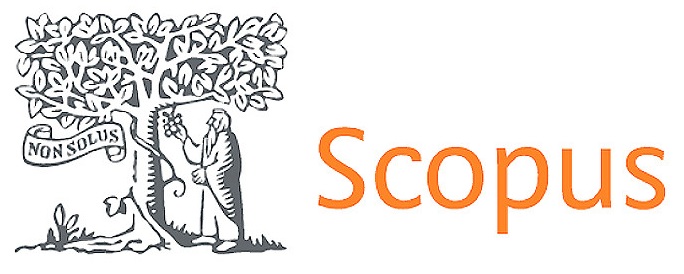The Teacher’s Role in Civic Education Teaching Based on the Constructivism Approach
DOI:
https://doi.org/10.56294/mw2025834Keywords:
Civic Education, Constructivism, Teacher RoleAbstract
The critical and creative thinking skills of students are not at their expected level because most students are still likely to reiterate learnt information instead of building new knowledge. Teachers are very important facilitators and guides to full involvement of physical and mental interest of students in the learning process. Nevertheless, there is a paucity of research on the roles of teachers in constructivist paradigm. This research paper will attempt to discuss the role of teachers in enabling students to develop their thinking abilities and build meaningful knowledge. Under a qualitative design, 15 Civics Education instructors at five junior high schools of the general public were used in this research. The data were gathered with the help of observations, interviews, and documentation and analyzed with the help of descriptive statistics. The findings indicate that the constructivist approach has never been completely put into practice in Civics Education classes. Educators are more inclined to exhibit their role of the authority, instead of collaborators in the process of knowledge building. Their reflection and collaboration functions are manifested but inadequate. Though teachers are the ones doing instruction, the level of student participation is minimal. In addition, the attempt of teachers at nurturing thinking and creative thinking is still minimal as learners find it hard to release their ideas and opinions. To sum it up, Civics Education learning is yet to be represented as a truly constructivist one and the prevailing role of teachers as the primary sources of knowledge deprives the latter of their ability to build meaningful knowledge.
Downloads
Published
Issue
Section
License
Copyright (c) 2025 Maria Montessori, Monica Tiara, Ambiyar, Mahesi Agni Zaus, Syaiful Islami (Author)

This work is licensed under a Creative Commons Attribution 4.0 International License.
The article is distributed under the Creative Commons Attribution 4.0 License. Unless otherwise stated, associated published material is distributed under the same licence.






